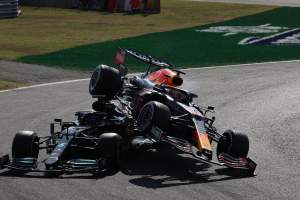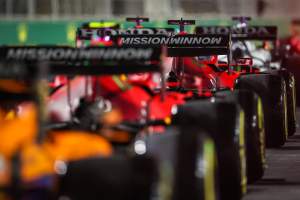Up Next

When the Yas Marina circuit in Abu Dhabi opened in 2009, it drew widespread praise for its beautiful setting, innovative features such as the Viceroy Hotel (now the W Abu Dhabi) that sits above it and the subterranean pit exit. The track was immaculate, well-run and looked great, particularly under the floodlights.
But the circuit itself neither caught the imagination nor produced spectacular races.
Yet the track that has become so familiar since then has a new look this year. At heart, it’s still the same Tilke-designed circuit, but with a series of changes impacting all three sectors conceived to increase the driving challenge and improve the racing.
The design work for the 2021 changes fell to sports architects Driven International and motorsport venue operation/development specialists Mrk1 Consulting – with a little help from ex-F1 driver turned Sky Sports F1 pundit Karun Chandhok.
They worked on evaluating and implementing the changes, which also required liaising with the FIA to ensure the construction is in line with the regulatory requirements.
The work has been done in double-quick time, with the initial discussions taking place in February. While the objectives had F1’s 2022 rules reset in mind, there was an eagerness to get the changes made in time for this year’s race – a challenging target but one that has been reached, with the circuit rewarded with one of the most eagerly-awaited races in F1 history given the world championship is at stake.
No wonder Driven International founder and managing director Ben Willshire jokes that he hasn’t had any sleep since the project started in earnest in March as the team worked through a multitude of concepts.
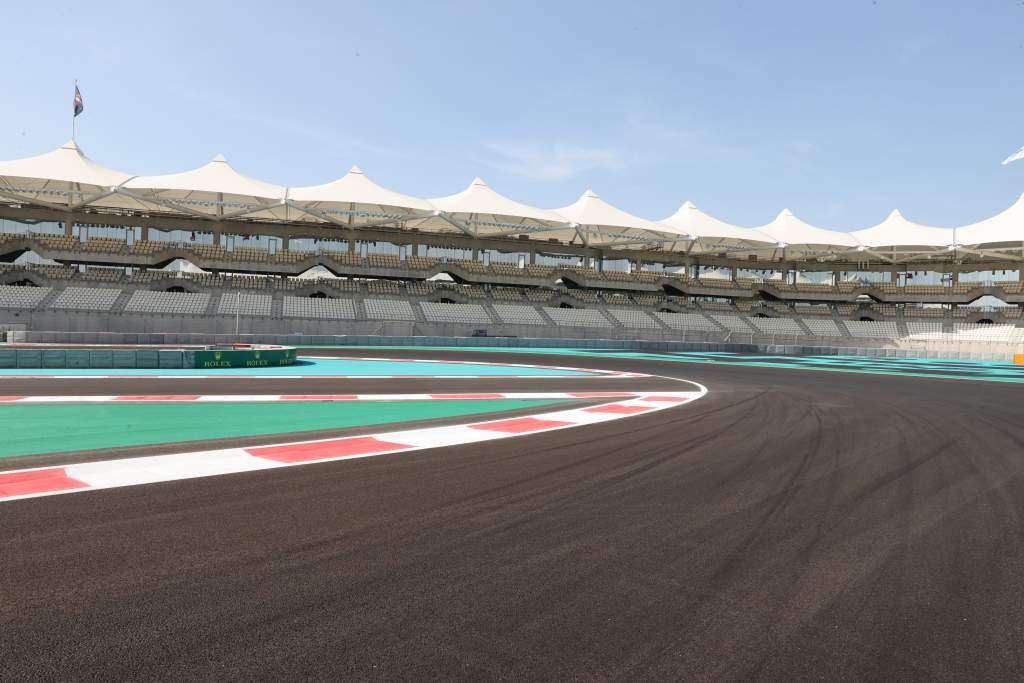
“We had a brief of the three zones where they wanted to make the changes,” Willshire tells The Race. “We spent around eight weeks just exploring ideas and validating the concept because it’s one thing drawing a 2D hairpin versus ‘does it actually work on the ground?’. So we spent a long time looking at what could be achieved.”
Mrk1 Consulting’s Mark Hughes brought not only vast experience of track operation and development to the table, but also knows Yas Marina inside out having been part of the original team that brought the circuit to life and then had a stint as operations director.
“They have amazing architecture, a beautiful marina, great concerts, good entertainment and a very well-delivered spectator package,” says Hughes. “Getting in and out [for spectators] is really good and the quality of their marketing is fantastic. The one ingredient that was letting them down really was the track.
“Tilke had suggested some changes back in 2012, but the venue was very new and everyone thought ‘why would we change it so early after building it?’.
“But now the circuit worked with F1 to come up with some ideas with [F1 head of vehicle performance] Craig Wilson on how to improve the racing based on the 2022 cars. But they were very keen to make the changes happen for 2021.”
👀 @ymcofficial is set to undergo its first major restructuring since it first opened in 2009
We should see more speed, and better chances to overtake! 🤩#AbuDhabiGP 🇦🇪 #F1 pic.twitter.com/dJnrngASwm
— Formula 1 (@F1) June 24, 2021
The modifications had to work well with existing infrastructure and not compromise the operation of other aspects of the track, for example, the racing school. These are the unseen constraints that dictate what is and is not possible.
In simple terms, the changes impact what is now the Turn 5 hairpin (formerly Turn 7), which has been modified with the preceding chicane taken out. There’s a new Turn 9 at the end of the second back straight, a fifth-gear and banked left-hander (replacing the old Turns 11-14), with Turns 12-15 that precede the final corner all opened up.
“Having done hundreds of laps around the modified Yas Marina, I’m confident that the drivers will find it a more flowing and enjoyable track to drive,” says Chandhok.
“We will have to see how much it really helps the overtaking when the circus comes to town. But on the whole, it’s certainly a better circuit layout to drive.”
TURN 5
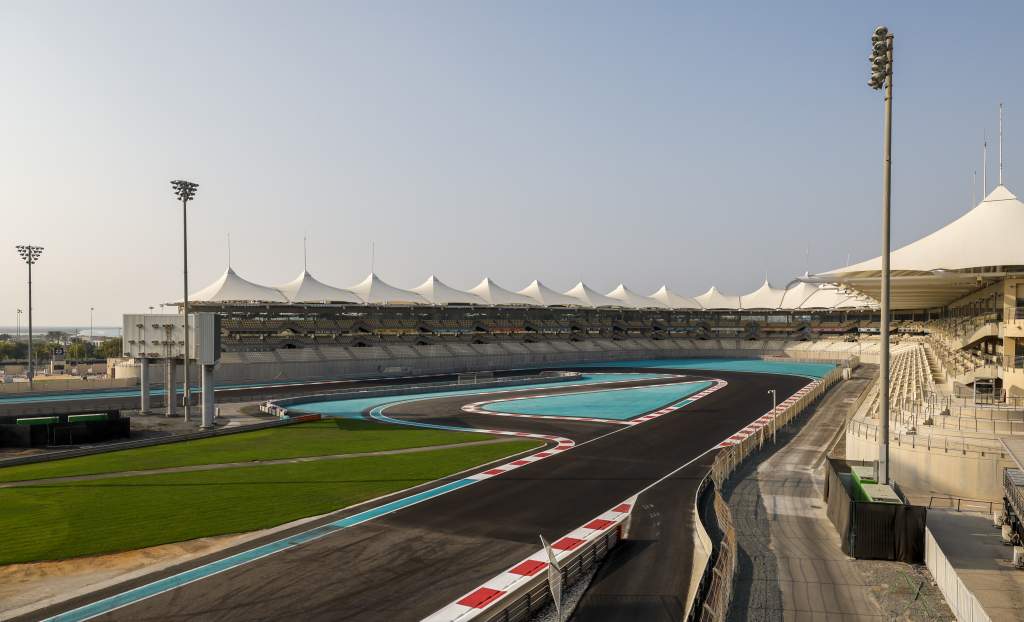
Unofficially dubbed the ‘Stadium Hairpin’, this has been moved a little further away from the grandstands, creating runoff that allowed the chicane that preceded it to be removed, with the entry also widened.
Chandhok describes the original inclusion of the chicane as “a band-aid” given it existed primarily to slow the cars prior to the hairpin, although it also increased the time that the spectators in this section could see the cars in action.
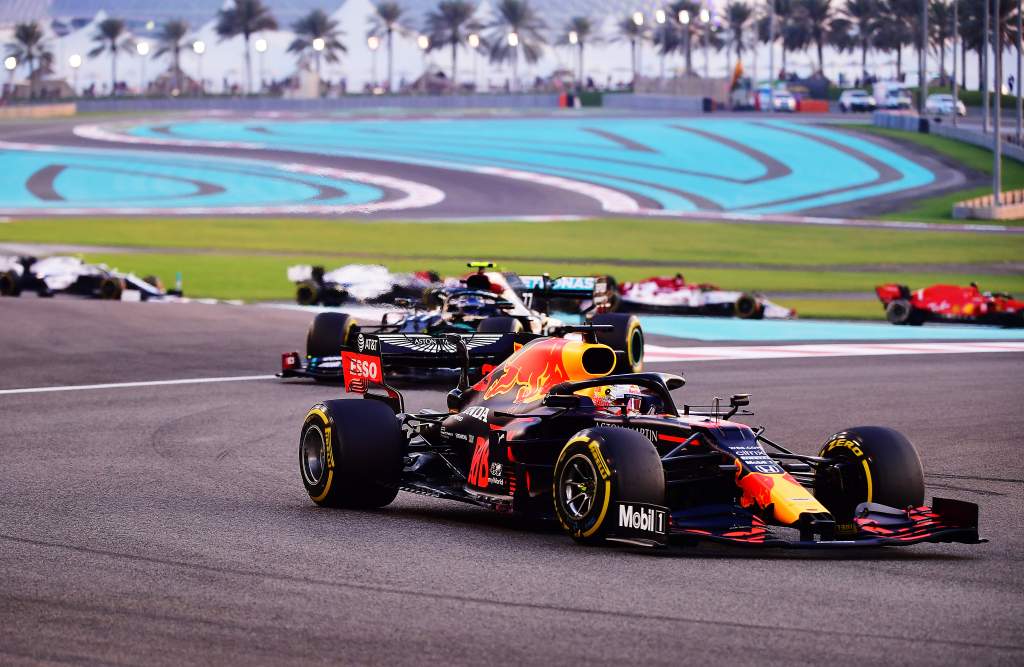
“There was a very careful study on how far back we needed to pull the corner to get decent approach speed and potentially some overtaking, how wide the corner needs to be and also the runoff was a big consideration,” says Willshire.
“That’s why that chicane existed in the first place, to get the cars much closer to the grandstand, whereas our approach was that actually, it’s better to see the cars braking and accelerating in that stadium arena.
“You’re hopefully going to see a lot more action in that zone. So you’re getting more action, albeit slightly further away in some areas from the grandstands.”
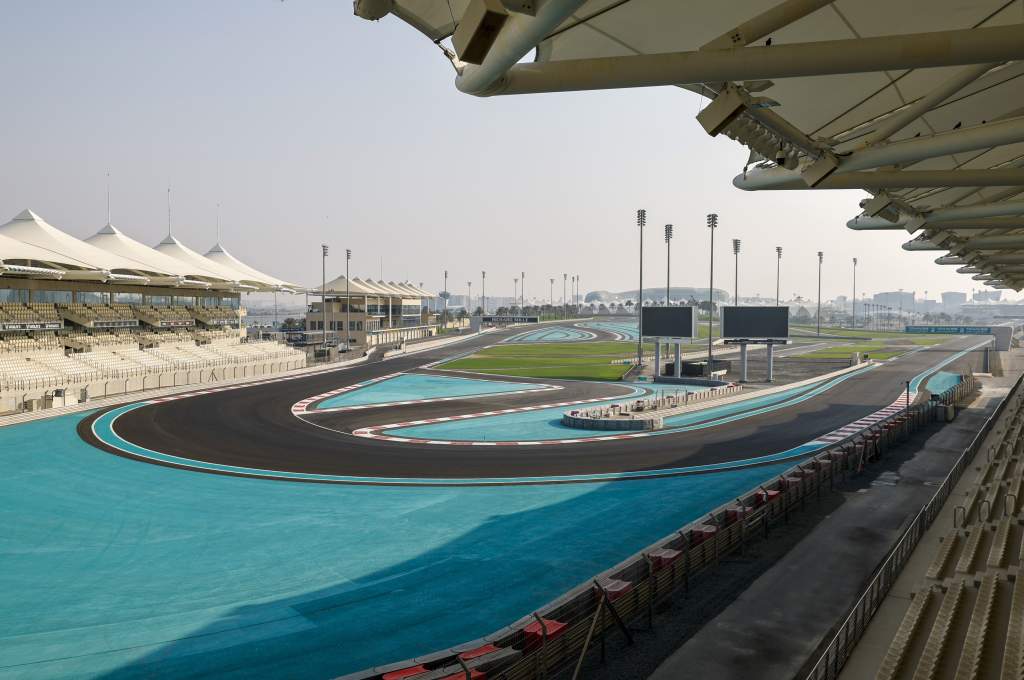
A huge amount of effort went into evaluating tweaks to the hairpin, with Chandhok driving multiple iterations – often blind to the changes – as the optimum solution was sought.
He’s hopeful that the new track could offer more chances to overtake given that it’s possible to follow closely through the Turn 2-4 sweeps, with any driver taking a defensive line into the hairpin at risk of being passed at the exit.
TURN 9
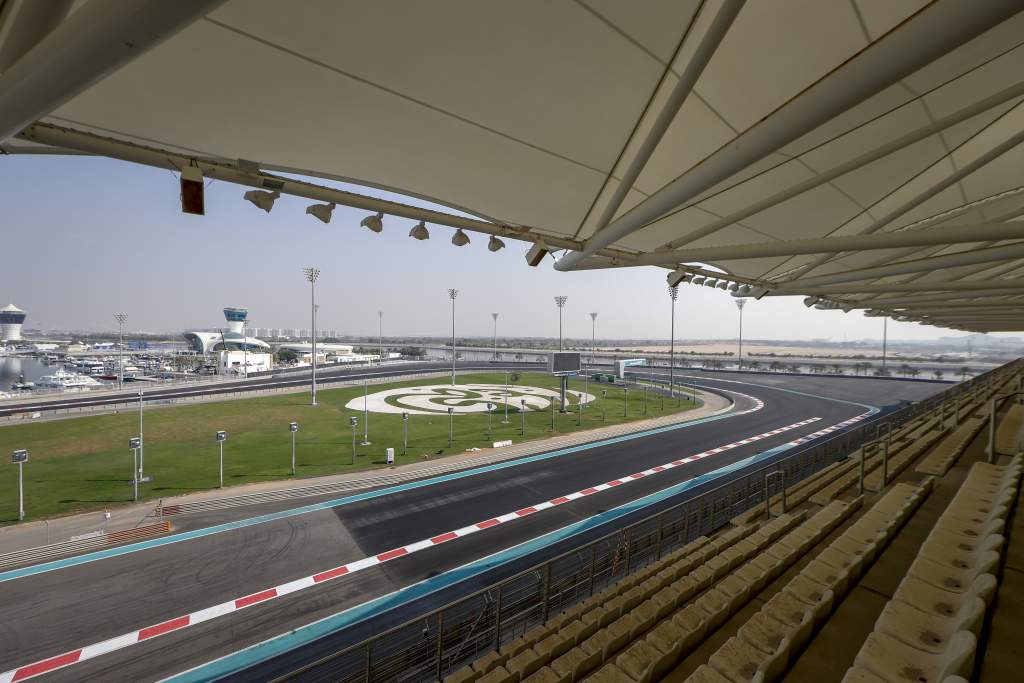
Where once there was a sequence of four 90-degree corners at the end of the second back straight, there is now a single, fast left-hander with five degrees of banking.
Part of the rationale for this was to create a signature turn unlike any other at the track where drivers could potentially battle side-by-side while eliminating something that had been a weakness of the original configuration for F1 races – with passes on the preceding straight often cancelled out.
“We looked at historical data and saw that there were a high number of overtaking moves done into the old T8 where people were compromised on the exit and then re-passed on the brakes heading to T11,” says Chandhok. “The net change of position ended up being zero whereas now they’ll be side by side into a high-speed corner.
“With the change we’ve done to the new T9, we’ve created a challenging high-speed corner that the track lacked and also got rid of four negative-camber corners that were frustrating for the drivers.”
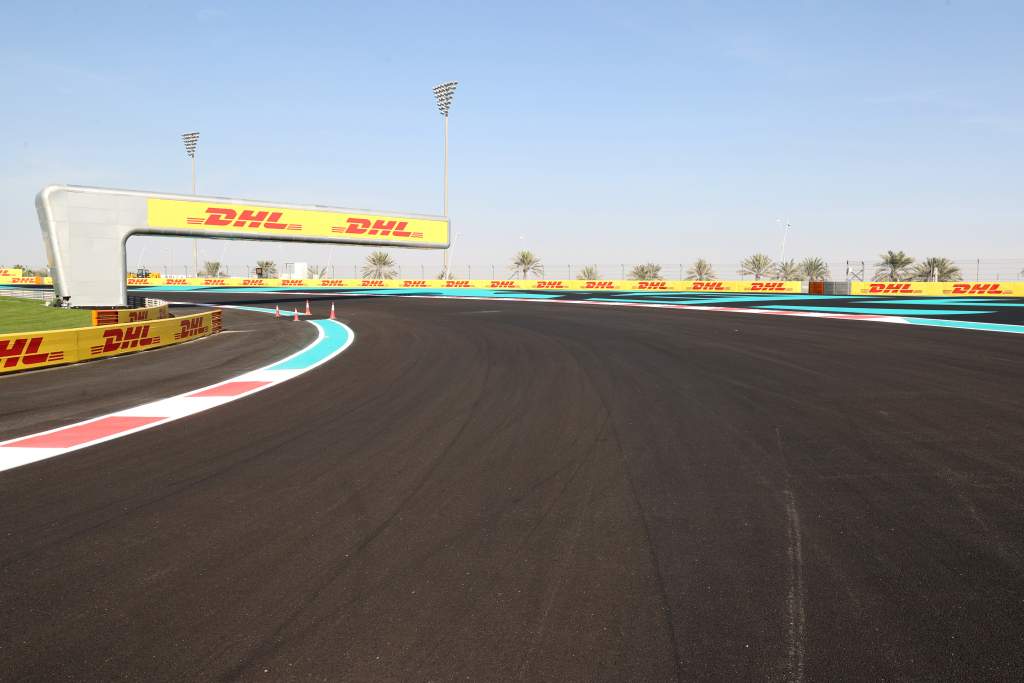
Banked corners have gained popularity recently, most famously with the steeply-banked Turn 3 at the modified Zandvoort. But Turn 9 in Abu Dhabi is also reminiscent of Turn 13 at the new Jeddah Corniche Circuit that hosted the recent Saudi Arabian Grand Prix, which is slightly slower – taken in fourth gear by Lewis Hamilton on his pole position lap – but more steeply banked at 12 degrees.
This produced action in the race, notably with Yuki Tsunoda going around the outside of Charles Leclerc’s Ferrari.
“It’s an interesting comparison with Turn 13 because that’s a much steeper corner,” says Hughes. “One of the reasons why we didn’t go quite that steep in Abu Dhabi is that it increases the cost enormously, but you also need a much steeper runoff area and a much bigger retaining wall.
“In Jeddah, although there were some superyachts parked there, they couldn’t see the track because of the retaining wall and we didn’t want that in Abu Dhabi. The superyachts that park on there have always had a great view of the circuit and Yas Marina were keen that remained.”
There were also major infrastructure hurdles, including generators, high-voltage cables and even a gas main. But within the available constraints, it has created a quick corner that will present a driving challenge.
“It’s an interesting corner,” says Willshire. “I think we’ll see different lines through there. You can run a tight line at the bottom of the corner, or you can run high around the outside. Although it’s only five degrees [of banking], it just gives you that bit of confidence. But I think we’ll see a lot of drivers staying in the middle of the circuit and taking a late apex.
“Turn 9 does a couple of things. It gives you that signature corner with high entry speed and at full speed on approach and it allows the drivers to keep the momentum at the exit. A smart driver may just decide not to try and overtake on the way in and keep the momentum into sector three to see if they can overtake at Turn 10.”
There’s also the benefit that this avoids a repeat of a similar challenge to the one at the end of the back straight. Given that, at a glance, it was often difficult to spot if the cars were on the first or the second of those back straights, that makes the circuit more distinctive and, eliminates a repetitive quartet of 90-degree turns. It also impacts the set-up compromise at the track, upping the engineering challenge.
TURNS 12-15
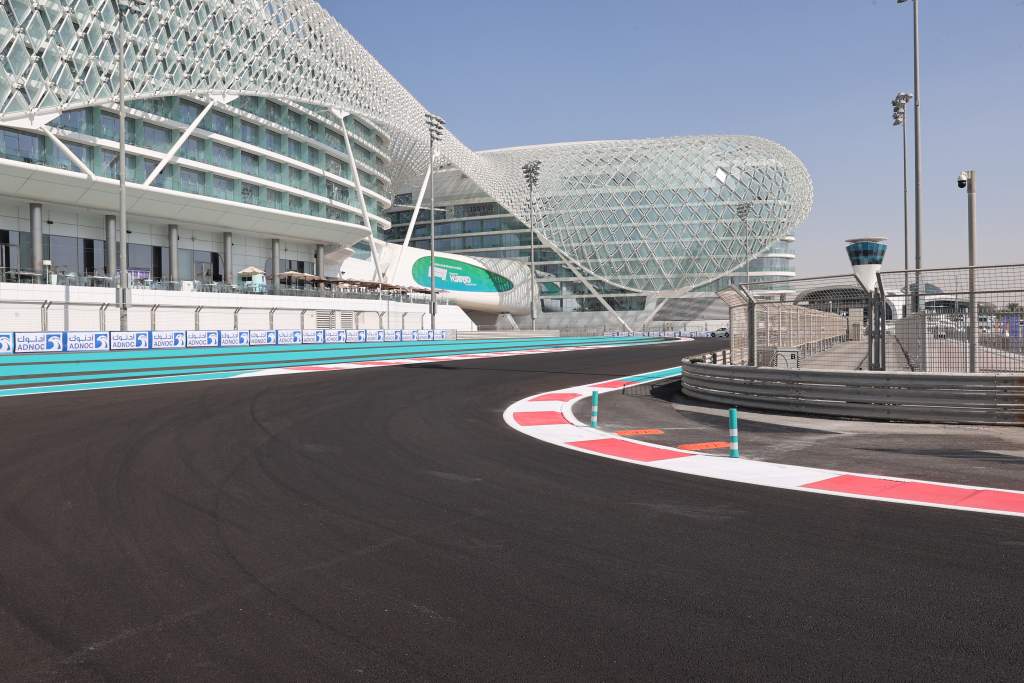
While the modifications at Turn 6 and 9 are obvious, those in the final sector are far more subtle. Turns 12 to 15, taking the cars through the right-hander approaching the hotel through to the exit penultimate corner have all been modified in a small but significant way.
This is partly because wholesale changes weren’t practical because of the constraints of that part of the track and partly because of the cost.
“That was probably one of the most difficult parts to work on because of the constraints,” says Hughes. “You have the retaining wall for the marina, there’s an enormous amount of infrastructure underneath the circuit for the Musco lights, the race control electronics and things like that – as well as the physical constraint of the hotel. So that was quite a challenge.”
As a result, this part of the track looks the same unless you look closely at the detail. Consideration was given to widening the entry of what is now Turn 12 (pictured above) and maintaining a sharp apex, but it was felt this would damage the flow of this section.
“We’ve opened up the old Turn 17, which is now Turn 12. We’ve opened that up just 1.5 to 2 metres on the inside of each apex, enough that the service road can stay but it makes quite a difference to the apex speed,” says Willshire.
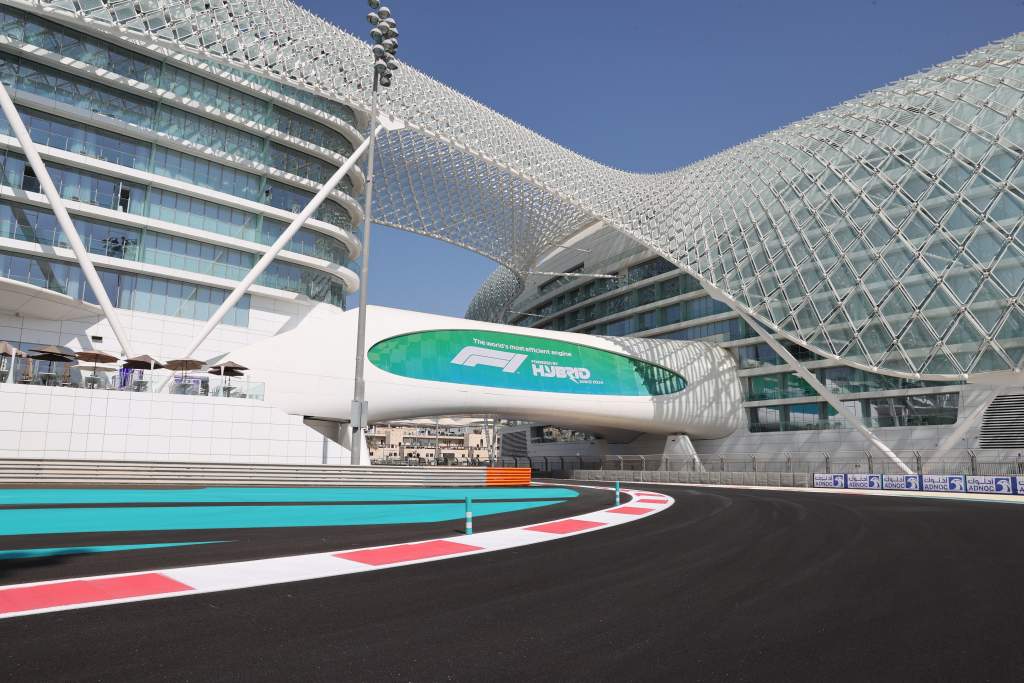
“Then the other two left-handers have been opened up by a similar distance, two metres or so.
“It opens up the corner and keeps more flow and momentum.
“Turns 13 [pictured above] and 14 [pictured below] were negative-camber turns and we did investigate flipping to positive camber, but it was an impact on all the existing drains, the kerbs, the height of the guard rails.
“You would have ended up rebuilding the whole of that complex, which was not practical.”
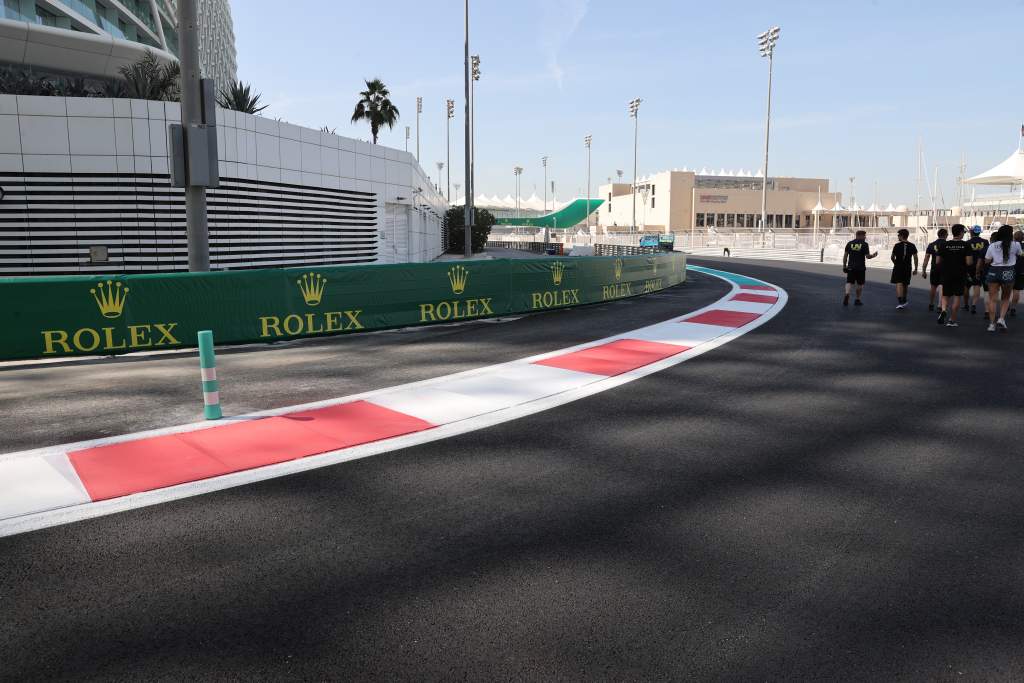
The changes make this section more flowing, as well as reducing the rear tyre sliding and therefore keep the rear tyre temperatures more under control.
As for Turn 15 (pictured below, formerly Turn 19) that too has been opened up a little to become what is expected to be a full-throttle right-hander.
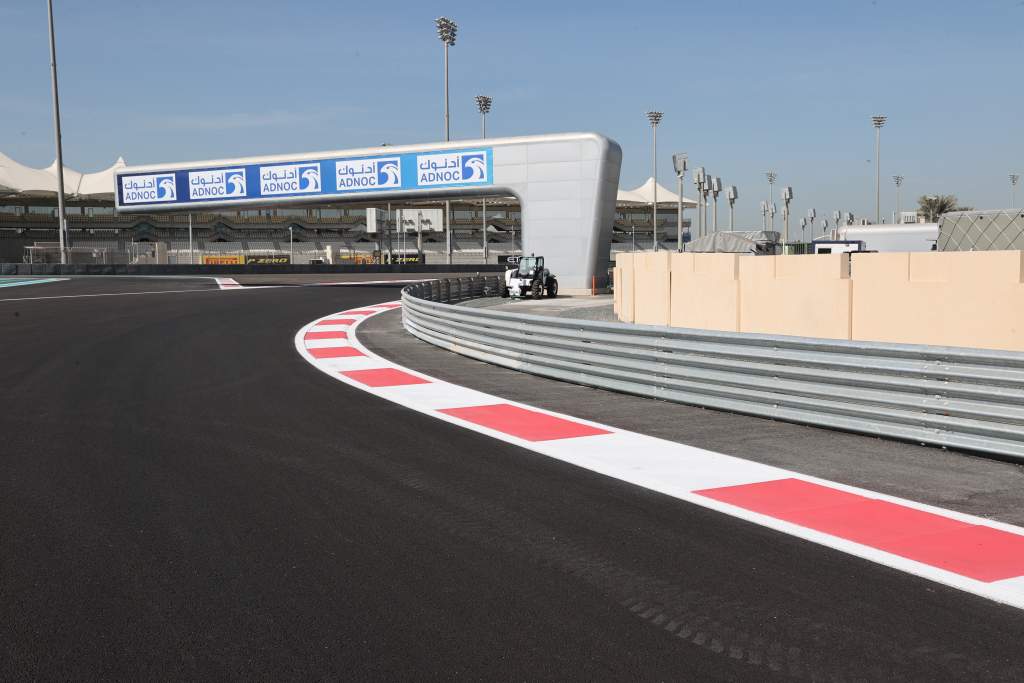
There was a version of the corner with a slight lift involved, but in association, with F1 itself the aim was to make it 100% throttle.
And this had to be done without causing a disruption to the connection to the shorter south circuit configuration.
WILL THE CHANGES WORK?
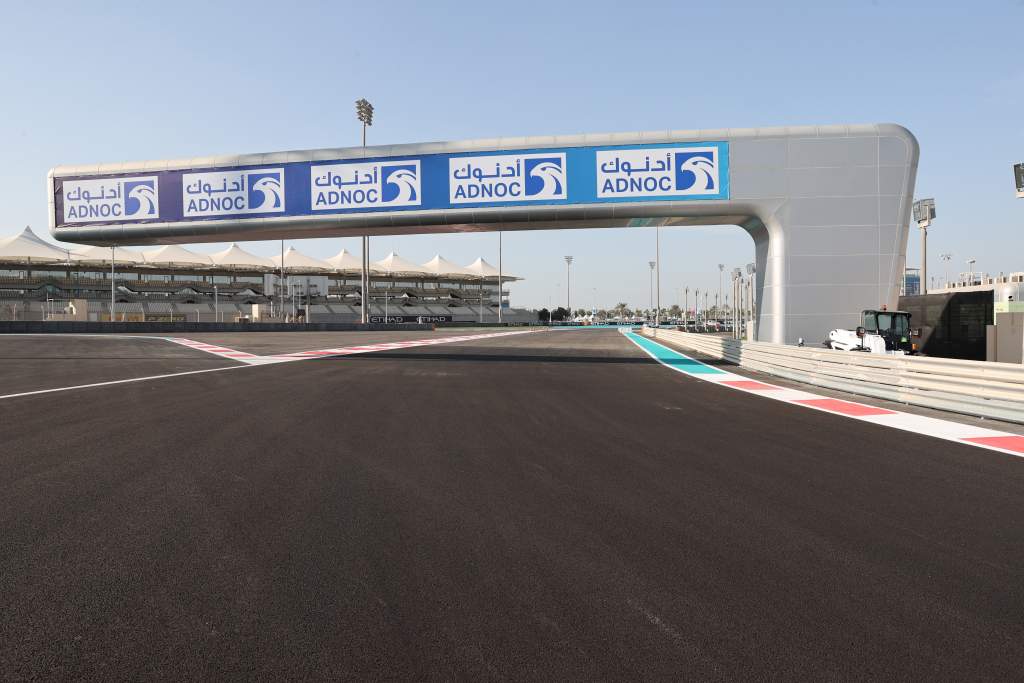
The changes made to Yas Marina won’t satisfy those who want the whole thing torn up and reworked, but this was never a realistic objective.
But by making cost-effective and practical changes to all three sectors while leaving much of the track intact, it’s hoped that the ‘global’ effect is a positive one. Indeed, when the possibility of only making some of the changes was discussed given the short timescale, it was felt that it was essential to making all of the modifications in order to get the full benefit given they all feed into each other.
The changes are logical and should have a discernible impact on the circuit as a driving challenge. They don’t transform the character of the track but thanks to looking beyond the big-picture corner design and factoring in the impact on tyre temperature and the flow of the circuit, they are tackling the right problems.
Realistically, it’s going to take time to judge how well they have worked. After all, Sunday’s race could be a classic regardless of the changes, just as a dull race isn’t necessarily indicative of the failure of the modifications.
“You have to judge it over a period of time,” says Willshire. “So far, the drivers who have driven the circuit have been very positive.
“There’s two ways of measuring it, firstly subjectively by talking to drivers and teams and it would be nice to hear that the drivers feel it’s an improvement and that the fans feel it’s an improvement. But then you have to look at the data over a longer period – does the circuit produce closer racing?”
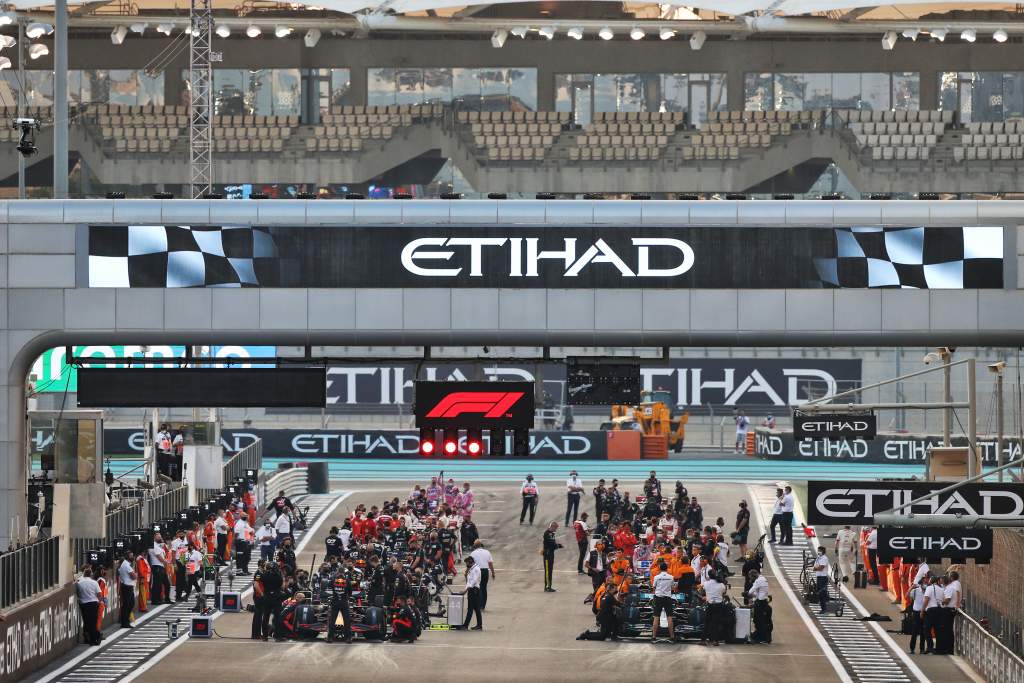
While circuit design can be part of the solution, it’s also not the origin of F1’s problems given that is more down to the nature of the cars and the difficulties following. That’s why the Yas Marina tweaks might not have their full impact until the 2022 cars pitch up in Abu Dhabi this time next year.
But for the short-term, they should at least produce a race where there is more threat of something significant happening even if that isn’t only measured in the number of passes.
“From our perspective and Yas Marina’s perspective, they would like to think these will changes offer more exciting racing,” says Hughes.
“Whether that actually results in more overtaking, that would be the icing on the cake. But is the racing closer? If there isn’t an overtake, is someone pushing someone and forcing an error, is it a more exciting spectacle? That’s really important.”
It remains to be seen how well the changes work. But the reasoning behind the changes is logical and, most importantly, considers the way the circuit works as a whole both as a driving and racing challenge.



